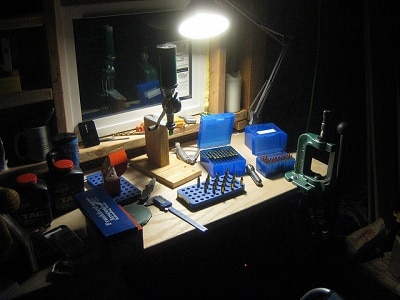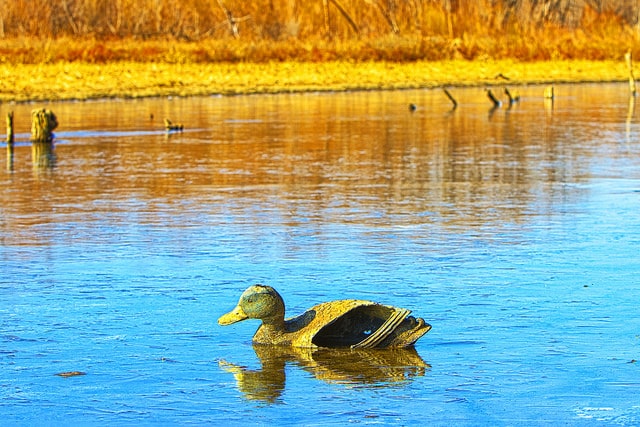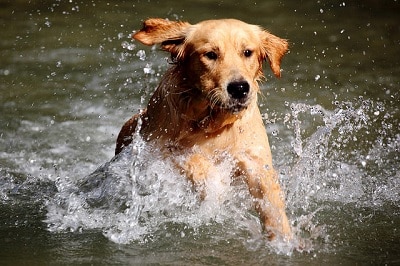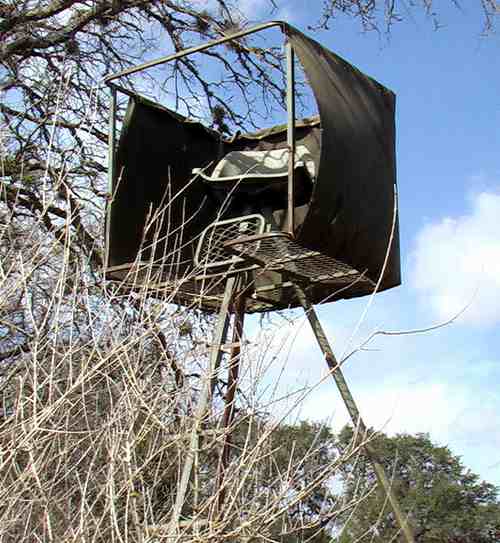When someone asks if you know how to operate a gun, a quick and resounding “Yes!” is certain to burst from your lips. But do you quickly fall into a crisis of self-confidence afterwards? Maybe you don’t know how to reload ammo quickly.
It may be because you aren’t confident in your ability to correctly reload ammo. I first learned from my uncle, and not until my fourth or fifth trip to the range. Before that, I fumbled around like an amateur because I was afraid to ask how to reload ammo.
Well, today my friend, we’re going to talk about the proper steps to get er’ done.
How to reload ammo: The supplies
There aren’t many supplies, but each one of them is extremely important. Here they are:
- Reloading press. This can be picked up from a gunsmith or sportsman store.
- Lubricated casings (we’ll discuss this in the next section)
- Be sure that you have the right-sized bullets to fit the casings you’ve amassed from trips to the range.
- Gun powder relevant to the shell size. Here is a great video on the basics of how to reload ammo.
How to reload ammo: The basics and getting set up
Reloading ammo is a great way to save some money on your shooting excursions and keep those empty casings from going to waste.
If any of the casings have been stepped on, ran over, or are otherwise disfigured, you’re probably wasting time trying to reload them because the measurements will be off for the gunpowder and bullet placement. Better to just throw those to the wolves. Speaking of casings:
- Clean the casings prior to reloading. Remove residue and powder with a light cloth. Then, spray some lubricant on the inside or rub some on the cloth and apply, so that the casing stays slick and ready.
- Insert the cases into your loading press with the handle positioned up.
- Lower the handle down, resizing the case and forcing the used primers out of position.
- Do this over and over, for each case you’re planning to reload. Hint: When selecting a reloading press, get one that holds multiple cases at once. This will save you an immense amount of time and effort, as opposed to doing one at a time. Odds are, if you’re only doing one at a time, your newfound hobby of reloading ammo is going to become a chore really
The process of reloading ammo
Now you’re all set and ready to start reloading. Before you begin, double check that everything is in its place and looks ready. Are all of the casings clean and shiny? Loaded correctly? Let’s do this!
- Start by lifting the handle on the press up to its highest position, and place a fresh primer into the cup of the primer arm.
- With the same amount of finesse you employ on a deer hunt, push the primer arm into the ramming slot.
- Bring the case down onto the primer.
- Remove the casing, and then take a look at the primer. If it’s not flush (or close to it), then you’ve done something wrong. Re-evaluate your setup process for the rest of the casings if that happens.
You have to have the best reloading scale to reloading ammo.
Reload powder into each casing.
This is the most important part, obviously. Make sure that you are using the right powder, otherwise this entire process is going to backfire on you and all of your time will be wasted. The correct weight and variety of powder is essential. Focus intently, and begin:
- Using a volumetric powder measure, portion the correct amount of powder for each case. You can also use a calibrated dipper if you have to, but I prefer not to do it that way
- With a funnel, carefully add the powder into the case. If there is any extra powder, immediately remove it from the area.
- Seat the bullet to the correct depth within the neck of the case. The seating die will crimp the shell and ensure everything is in its proper place. This should be done by putting once casing in the shell holder and lowering the handle on the press. You’ll want to hold the bullet with your thumb and index finger for optimal grip – kind of like the first couple hammers onto a nail until it bites its way into the wood.
- After the ammo has been reloaded, add a light coat of gun oil to your dies. Clean everything off well. I’ve always preferred to add some gun oil onto the reloading press as well, just to keep it moving nice and smoothly. It’s kind of like a van door, you’ve got to keep it lubed or else it starts to creak. After a while, this can have a negative effect on the reloading process.
That’s about it. After you’ve reloaded your casings, put them into ammo cases and they’re good to go for your next trip to the range!
If you’re using shotgun shells, check the empties for reusable hulls prior to reloading – this can save you some extra time and money. Also, you’ll be using different supplies such as a shell plate, which is used to hold the shell while you add primer and gun powder. As always, be very careful when operating gun materials, as they can be very dangerous.
Conclusion
That about sums it up. I tend to reload ammo a couple of days before heading to the range, that way if there are any problems or I don’t have enough I’ve got plenty of time to hit the shop. If anything doesn’t seem right during the reloading process, discard that casing. Always better to be safe than sorry when it comes to guns. . Have any tricks of the trade you’d like to add?
Leave a comment here and we’ll shoot back and forth. If you found this guide helpful, please share on your social channels – knowledge is power!
Featured Image by Ryo Chijiiwa
































